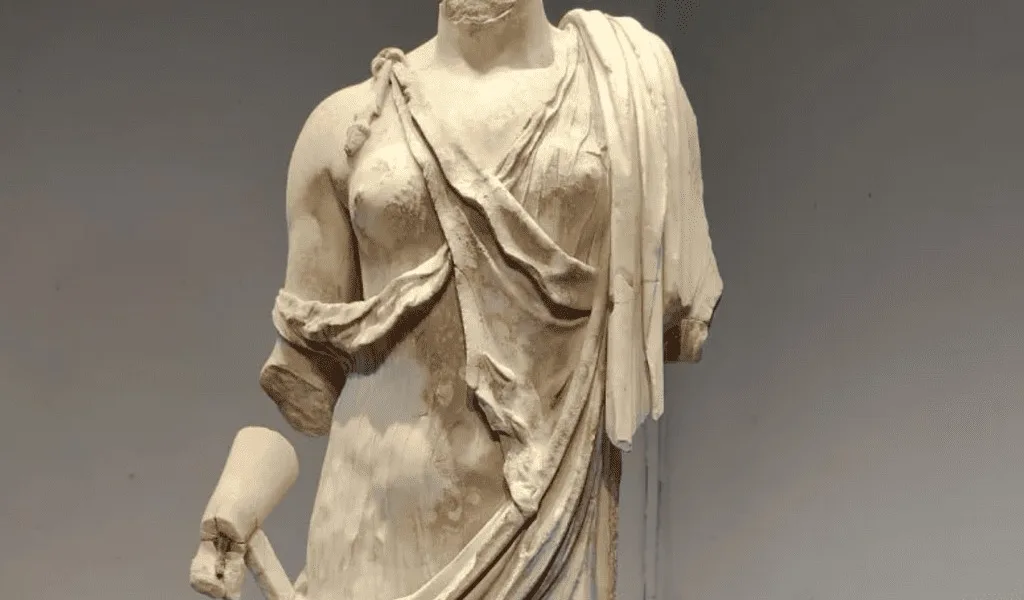In the picturesque town of Frascati, formerly known as Tusculum, archaeologists have made a remarkable discovery that has captivated the imagination of historians, archaeologists, and the global community.
A Spanish School of History and Archaeology team in Rome (EEHAR-CSIC) unveiled a nearly 2,000-year-old marble statue, shedding light on the city's rich history. This statue, part of an architectural ensemble within a thermal complex, features an enigmatic female figure devoid of a head and arms.
Tusculum, founded in the 10th century BC, held a significant place among the cities of the Latin League—an ancient confederation that resisted Rome's expansionist ambitions. Regrettably, the Latin League faced defeat in the famous Battle of Lake Regillo in 496 BC. Located on the outskirts of present-day Rome, Tusculum is also shrouded in myth, with legends suggesting its founding by Telegonus, the son of Ulysses, two decades after the fall of Troy.
Today, the city, known as Frascati, is an awe-inspiring archaeological site, boasting discoveries like a thermal complex from the Hadrianic period (2nd century AD).
The Spanish School of History and Archaeology in Rome recently uncovered an "exceptional" marble statue estimated to be around 2,000 years old. Antonio Pizzo, director of the EEHAR-CSIC, which conducted the excavations at the archaeological site, explains that upon discovery, only the statue's back was visible, resting on a thin layer of painted stucco. It likely formed part of the ornamental decoration of the baths.
The statue represents a life-sized female figure without a head or arms. It probably belonged to the westernmost section of the previously unearthed Hadrian Baths, and researchers believe it portrays a nymph from Greek mythology—a lesser female deity symbolizing nature.
Nymphs, including various subtypes such as Dryads, Naiads, and Nereids, are traditionally considered immortal beings tied to different natural elements. The statue's connection to the cult of Dionysus, the Greek god of wine and fertility (known as Bacchus to the Romans), is also underlined. Dionysus was central to ancient Greco-Roman mythology, associated with wine, revelry, and the theatre.
Distinct features on the statue, notably the depiction of a fawn skin on its shoulders, point to a connection with Dionysus. This attire resembles the garb worn by followers of the Dionysian cult.
Antonio Pizzo, director of the EEHAR-CSIC, states, "Some characteristic elements, such as the fawn skin covering her shoulders, allow us to hypothesize that this is a figure that can be traced back to a Dionysian context, chronologically dated between the middle of the 1st century BC and the middle of the 1st century AD.”
Despite the wealth of archaeological discoveries in and around Rome, this remarkable find in Frascati underscores that there is still much more awaiting exploration and revelation.

